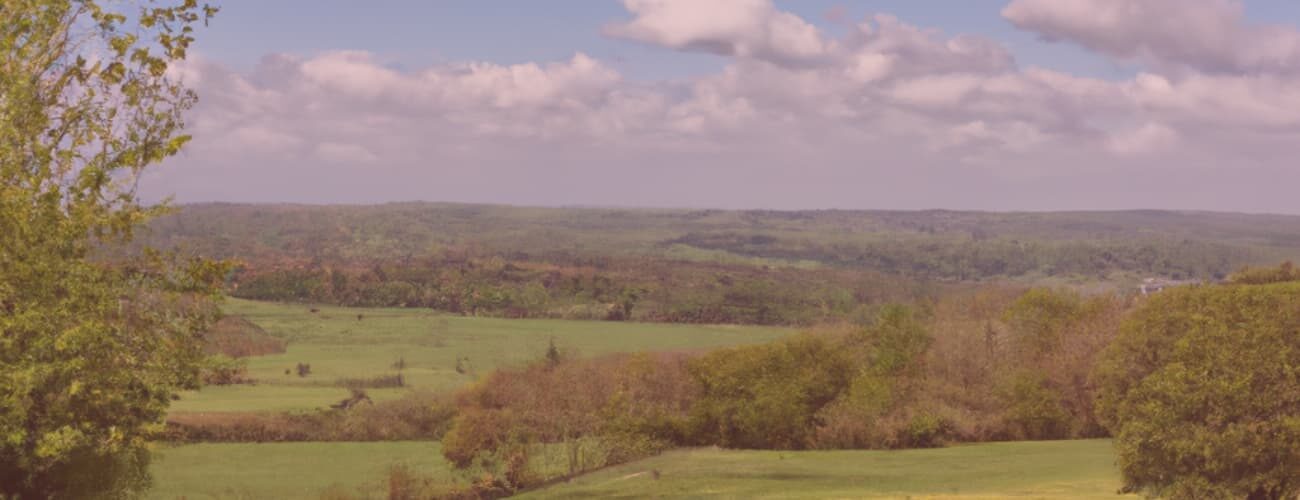Midsomer Murders mentions a number of historical figures from Midsomer County, of whom Henry Hogson is probably the most searched for. We take a closer look at some of them here.
Note: As this post is about Midsomer history, I won’t be mentioning any recent Midsomer celebrities such as top model Lizzy Thornfield, F1 champion Duncan Palmer, horror film actress Stella Harris or folk musician Johnny Carver. However, another feature is planned which will feature some of them. As soon as it is online, it will be linked here.
Spoiler warning for episodes: S03E04: Beyond the Grave, S06E04: A Tale of Two Hamlets, S07E03: The Fisher King, S12E02: The Black Book, S17E02: Murders by Magic, and S18E05: Saints and Sinners
Henry Hogson
(S12E02: The Black Book)
Henry Hogson was a famous 18th century landscape painter who lived and worked in Midsomer County. Sadly little is known about his life. He was born in 1742 and was diagnosed with arthritis at the age of 50. In 1792 he painted a scene at Bishop’s Drift for which, according to papers in the estate of his patron, Bishop John Fletcher, he was paid £50, together with a preparatory sketch. Henry Hogson died of arthritis in 1810.
We also learn that the villagers held Hogson in high esteem because, although he was an early Romantic, he was also an exponent of social realism, with a little hidden social criticism in his work. It reminds me a little of Andersen’s fairy tales, especially The Girl with the Matchsticks: it seems to be a beautiful fairy tale, but it’s full of criticism of society, which lets the poor, starving girl freeze to death because it completely overlooks her in all the hustle and bustle. And the girl who, in the end, is only happy when he is dead.
In this episode, his painting of Bishop’s Drift was almost sold for a fortune to Patricia Blackshaw, the president of the Hogson Society.
… and many forgeries
As the episode progresses, it is revealed that the work is a forgery by Arnold Simms. The obvious mistake: it shows the Bishop’s spey-casting, which was only developed in 1850. And it is this very institution that gives Felicity Law £200,000 – knowing full well that it is a forgery. Reason enough for a well-planned murder, isn’t it?
(Fun fact: art dealer Anthony Prideaux still sees the different brushwork as a sign of incipient arthritis, as the artist is said to have painted the work in 1792, when he was 50.)
Another work by Henry Hogson (or a forgery? It is not clear) hangs in the National Collection. The Parson Preaching shows the eloquent, retired clergyman Parson James, who has been swindled out of a fortune by his congregation. It is a beautiful, idyllic picture. Until you follow Parson James’ gaze – straight into the old woman’s purse.
Art lover and Hogson fan George Arlington owns many other works, including one commissioned by the landowner of Midsomer Meadow as a wedding present. It shows the owner on horseback, looking benevolently over his land. Almost imperceptibly, there are also children in it, apparently playing together. On closer inspection we see that they are digging up roots to eat, for they are starving.
But even this work from the Arlington estate turns out to be a forgery, as Arnold Simms also immortalised Tamworth pigs, which were introduced to England at a later date. Not forgetting the four swineherds, whose heads bear a striking resemblance to George, Paul, Ringo and John – the Beatles. 😉
Sir Hugo Melmoth
(S17E02: Murders by Magic)
Sir Hugo Melmoth was born on 23 January 1758 and was the local landowner of Midsomer Oaks. He lived in his manor house, Melmoth Hall, which was built in the 18th century. (Read more about the film location of Chenies Manor.) It is said that he was interested in pagan rituals. So much so that he jumped into the fire during a ritual because he believed he could rise from it like a phoenix.
Thanks to local historian Dr Dorothea Grenville, we learn that these pagan rituals were the cover for gruesome murders. Sir Hugo disposed of those who had something against him in this way – so many and so cruelly that the villagers decided to murder their landowner in the same way – on Midsummer’s Eve, 23 June 1802. They cynically had ‘E Flammis Vito’ – From the flames comes life – written on his gravestone.
Cicely Milson
(S18E05: Saints and Sinners)
Cicely Milson was a martyr who was interrogated by her torturers for three weeks before being executed. Among other things, she lost a toe during the torture. Her family fled to France to escape, but the family treasure remained with Cicely. She probably lived in the 15th century – more likely towards the end. The historian Christopher Corby gives the 15th century as the date of the painting showing her mother, Benedicta Milson (actually Margaret Tudor (1489-1541), the eldest daughter of Henry VII of England).
The exact location of Cicely Milson’s grave has long been a matter of conjecture – the village she was later named after: Midsomer Cicely. It was only in the 21st century that her grave was found a short distance from the village, along with the family treasure that was buried with her. Much to the delight of Penelope ‘Penny’ Henderson, who wrote her doctoral thesis on the Milson family and knows a lot about the connections and the family treasure – for good reason, as we learn in the episode. (See also the article Treasures & Raiders in Midsomer).
Ellis Bell
(S06E04: A Tale of Two Hamlets)
Ellis Bell was born illegitimately at Lower Warden in 1867. His mother worked on the Smythe-Webster estate and was seduced by the son of the house. Although the family denied paternity, they helped Ellis Bell get a job as a teacher. This is seen by some as an admission of guilt.
Later, Ellis Bell wrote an ‘old-fashioned socialist novel’ called House of Satan, and the two hamlets are now fighting over who has the right to the work: Did Elvis Bell write it in Upper Warden, where his mother worked, or in Lower Warden, where he was born? In any case, it adds fuel to the fire of conflict between the two neighbouring villages, which have been at loggerheads since the Civil War, more precisely since 14 March 1643. March 1643.
Did the Smythe-Websters buy the publishing rights after the first edition in 1897, burn all the books and now, 100 years later, reissue it as a sensation and film it at the same time? Ellis Bell died impoverished in Causton in 1930.
Jonathan Lowrie
(S03E04: Beyond the Grave)
It is 3.30pm on 1 August 1644. Perhaps the only battle of the Civil War in Midsomer County, the Battle of Aspern Tallow, is over. One of the Royalists was Jonathan Lowrie, a philanthropist, classical scholar and owner of Aspern Hall. He was wealthy and in the King’s favour, but he also had friends in Parliament.
However, some unnamed parliamentarians attacked him in the local graveyard on his way home. They wounded him here, but he managed to get up and run across the graveyard to his home. The attackers pursued him. He made it into the house, called for his wife Florence – and was fatally shot as he stood in the entrance to Stern Hall and died. In accordance with his will, he was buried on the spot. A marble slab inscribed with his name and dates of birth marks the spot in the manor house, now a local museum.
But the family legend is that he’s not at peace, and therefore not dead (oh, sorry, Miss Bunsall, we know: dead is an un-word!). So Jonathan Lowrie lives on as a ghost – and sometimes rings the bells of the local church. (And hopefully he’ll soon reveal where he hid the family fortune, because his descendants didn’t exactly live in the lap of luxury!)
The Fisher King
(S07E03: The Fisher King)
Near the village of Midsomer Priors, on the site of today’s Midsomer Barrow, the Fisher King ruled in Celtic times (around 3000 years ago). He was a local chieftain and a wealthy man. Unfortunately, we don’t learn much about him. Only that he died of a special injury: a lance in his calf – and the iron reacted with the blood and led to collapse – the “dolorous stroke”. He was buried on the land that later became part of Heldman’s estate.
He was the model for the Fisher King in the Arthurian legend. This Fisher King was the owner of the Holy Grail, but he was not worthy of it and his land became a wasteland. It was only when Parcival rescued him that he and the land were restored to health.
🤓 Read more about Midsomer Murders & History
The Chronology of Midsomer County by Year or by Episodes
Deep Dives into Midsomer & History
This is an independent, non-commercial project. I am not connected to Bentley Productions, ITV or the actors.

First published on MidsomerMurdersHistory.org on 4 April 2024.
Updated on 17 August 2025.


Interesting interpretations of different artists! Would be interesting to know the locations used in the paintings of Midsomer Meadow etc. And the filming locations where I can paint them!?